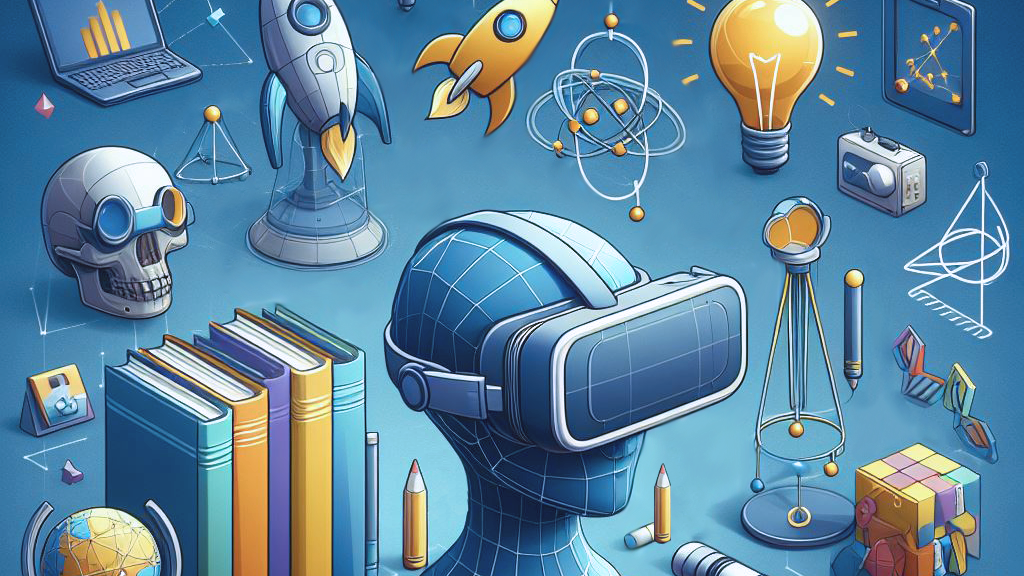acf domain was triggered too early. This is usually an indicator for some code in the plugin or theme running too early. Translations should be loaded at the init action or later. Please see Debugging in WordPress for more information. (This message was added in version 6.7.0.) in /home/starversexr/public_html/wp-includes/functions.php on line 6121nata-toolkit domain was triggered too early. This is usually an indicator for some code in the plugin or theme running too early. Translations should be loaded at the init action or later. Please see Debugging in WordPress for more information. (This message was added in version 6.7.0.) in /home/starversexr/public_html/wp-includes/functions.php on line 6121
In the age of constant changes in education, 3D models have become essential means to integrate into practice as an element of educational activities. These models are not only heightening the process of teaching subjects, but they disrupt education by changing it upside down.
The models created in 3D are widely used and offer a wide range of advantages for education among which one is the ability to provide clarity by simplifying complicated concepts. For instance, in disciplines such as biology and engineering, 3D models can lend a very real visibly comprehensible quality to complex structures from the cellular level to sophisticated industrial components. This way students understanding the idea is deep and this method of teaching keeps them engaged throughout the process much compared to older methods.
There is no uniformity in learning because each student has a different style and 3D models fit diverse learners. They offer an active approach that may be of specific assistance for both visual and kinesthetic learners; the latter gain knowledge better when performing actions with their body. This flexibility guarantees that all learners can derive the necessary benefits from such instruments, therefore promoting inclusion as well as effectiveness in education.
3D models create an instrument that carries the knowledge from theory to practice. In professions like architecture or mechanics, the students can see and user-controll 3 dimensional representations of their work to get a clearer understanding about how their design does function in reality. This not just improves learning but also trains students to prepare for their future careers, by creating an authentic depiction of what these children will end up doing.
Such use of 3D models in education also encourages creativity and innovation. Students are not too passive in the models they receive, but rather manipulate and experiment with these. Such kind of interaction leads to a greater degree of involvement as well as creativity thinking among students. This is especially critical in disciplines that are ever-changing such as technology and science.
Although the advantages that come from its implementation are huge, particularly in 3D model integration into education; however, this approach also has a great number of challenges associated mainly with costs and technological infrastructure. Nevertheless, the acceleration of technological developments would be inevitable to facilitate changes in these challenges and make sure that 3D models are at the center of educational curriculums.
Finally, 3D models are far more than sophisticated teaching props—they are indispensable instruments that promote comprehension while accommodating individual learning styles and this leads to the understanding of how theory must interface with practice. From here onwards, they are only going to become more important in the field of education representing a turn for mankind towards new and better teaching ways.
© 2024 Starverse from Eduverse Technology - All Rights Reserved